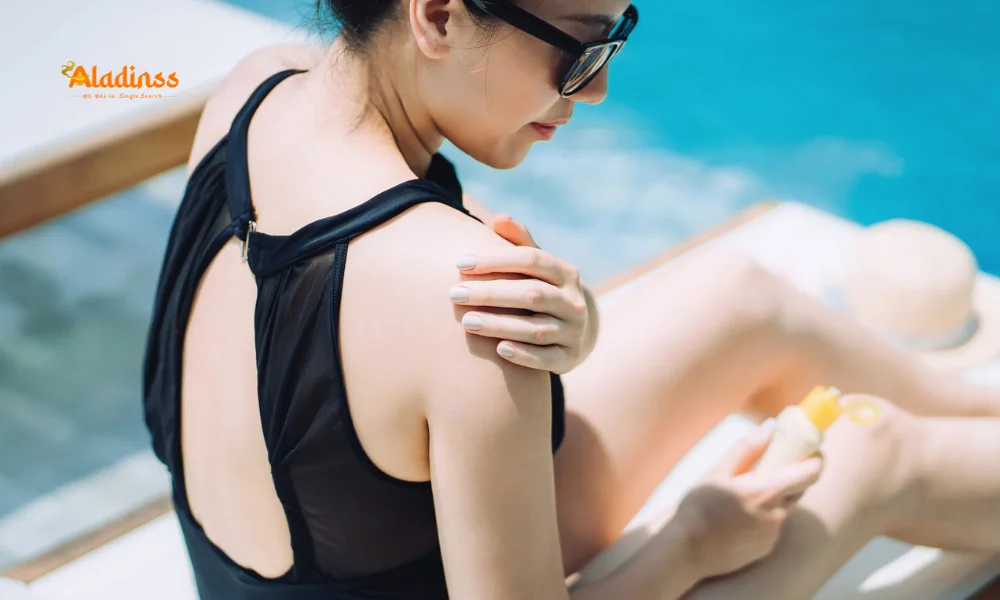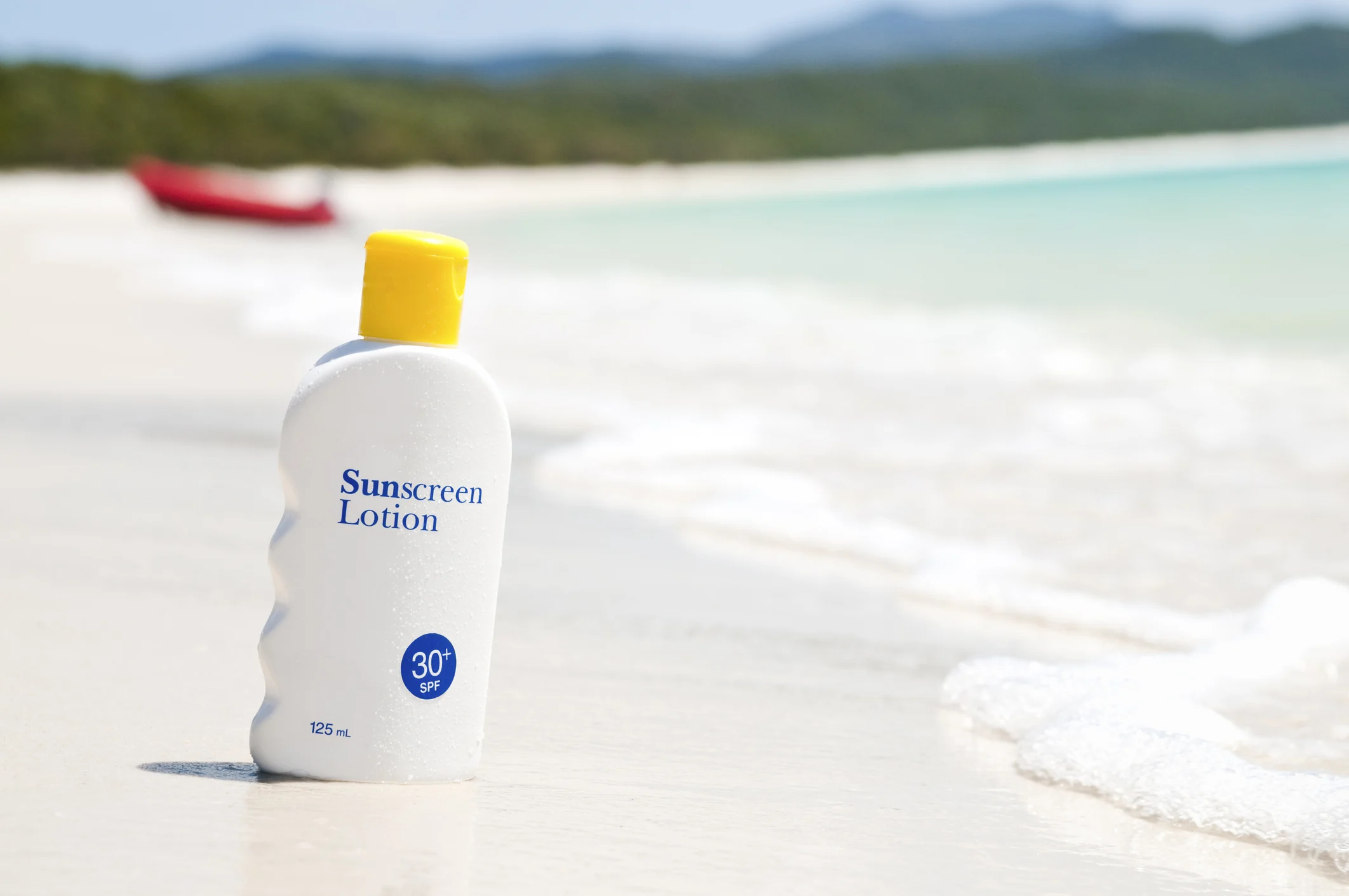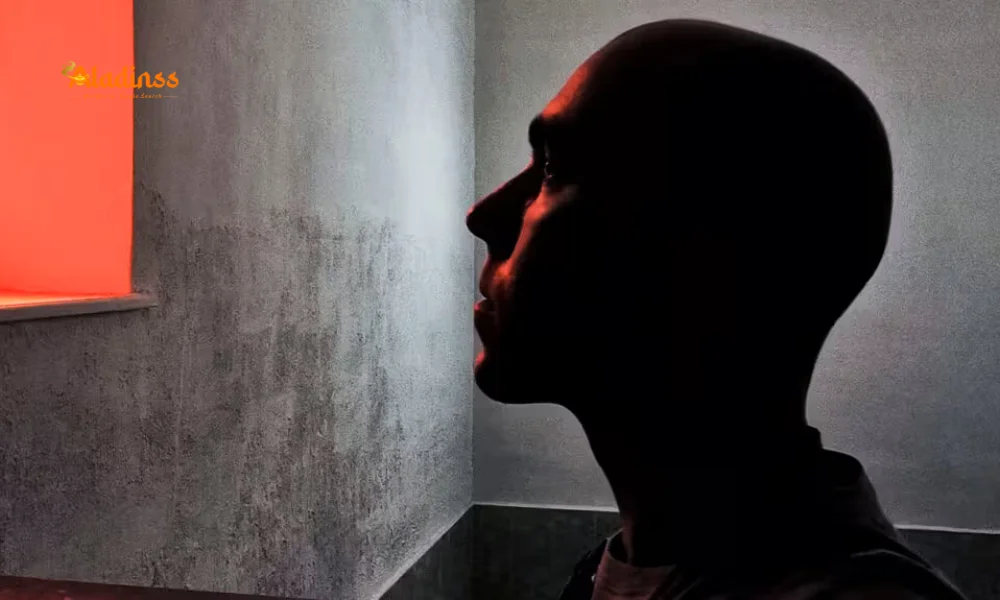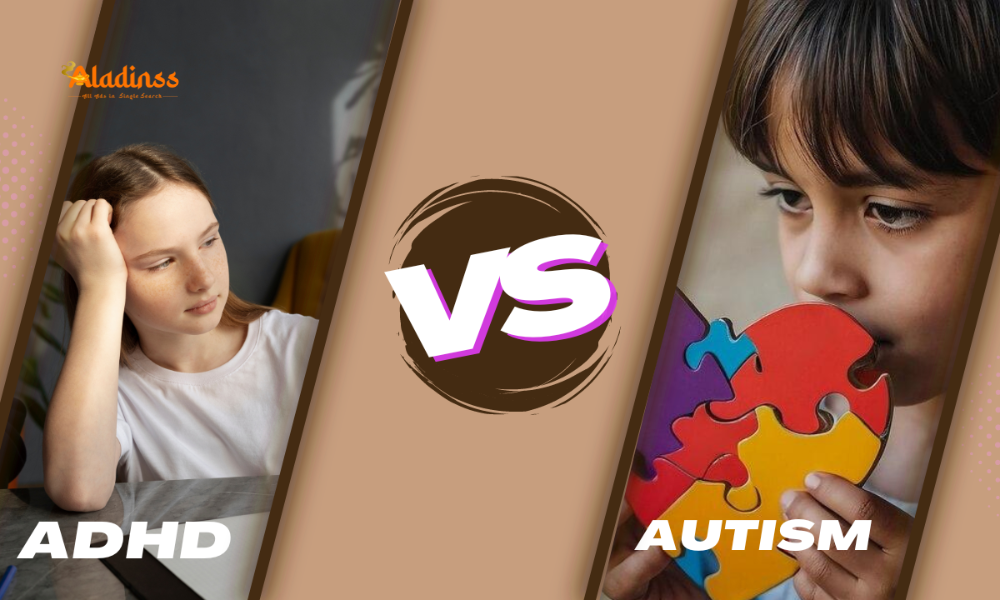8 Surprising Sunscreen Facts You Need to Know in 2025

8 Surprising Sunscreen Facts You Need to Know in 2025
As summer heats up on August 27, 2025, sunscreen remains a critical ally in protecting your skin from harmful UV rays. Beyond slathering on a tube of lotion before hitting the beach, understanding how to use sunscreen effectively can make all the difference in safeguarding your skin’s health. Long-term sun exposure without protection increases risks of skin cancer and premature aging, with a 2024 Journal of Dermatology reporting a 20% rise in UV-related skin damage globally. This breaking health update uncovers eight surprising sunscreen facts most people don’t know, from SPF myths to expiration dates, to help you make informed choices. Trending on X with hashtags like #SunscreenTips and #SkinHealth, these insights will elevate your skincare game this summer.

1. Broad Spectrum Is the Gold Standard
Not all sunscreens are created equal, and broad spectrum is the best choice for comprehensive protection. Ultraviolet A (UVA) rays cause premature aging, while Ultraviolet B (UVB) rays lead to sunburns and are more closely linked to skin cancer. A 2024 Skin Cancer Foundation report notes that broad spectrum sunscreens shield against both, reducing skin cancer risk by 30%. Dr. Anjali Rao, a Delhi-based dermatologist, advises, “Always check for the ‘broad spectrum’ label to ensure full UV coverage.” On X, users share tips like, “Switched to broad spectrum sunscreen, and my skin feels safer!”
2. Aim for SPF 30 or Higher
SPF, or Sun Protection Factor, measures how well a sunscreen blocks UV rays. An SPF of 30 blocks 97% of UV radiation, while SPF 50 blocks 98%, per a 2023 American Academy of Dermatology (AAD) study. Higher SPFs offer marginal benefits but require frequent reapplication. Dr. Rao recommends SPF 30 for daily use, noting, “It’s sufficient for most skin types, but reapply every two hours outdoors.” X posts highlight confusion, with one user asking, “Is SPF 100 worth it? Sticking to 30 now!”
3. Sunscreen Isn’t Waterproof Anymore
Gone are the days of “waterproof” sunscreen claims. Updated FDA regulations now require labels like “water resistant” (effective for 40 minutes in water) or “very water resistant” (effective for 80 minutes). The AAD advises reapplying every two hours, especially after swimming or sweating. A 2024 Consumer Reports study found that 60% of users overestimate water resistance, leading to inadequate protection. On X, users share reminders like, “Reapply sunscreen after a swim—learned this the hard way!”
4. Infants Under Six Months Should Avoid Sunscreen
Infants under six months have sensitive skin that can react adversely to sunscreen chemicals. The AAD recommends protecting babies with physical barriers like long-sleeved clothing, wide-brimmed hats, and shade. Hydration is also key to prevent heat-related issues. A 2023 Pediatric Dermatology study found that 70% of parents unknowingly apply sunscreen to infants, risking irritation. Dr. Priya Sharma, a Bangalore-based pediatrician, advises, “Keep babies out of direct sun and use protective gear.” X users share tips like, “Hats and shade for my baby—no sunscreen needed!”
5. Sunscreen Does Expire
That old tube of sunscreen from years ago? It’s likely past its prime. Sunscreens typically retain potency for three years, with expiration dates printed on packaging. Expired products lose effectiveness, increasing UV exposure risks. A 2024 Journal of Cosmetic Science study found that expired sunscreens can degrade by 50%, offering inadequate protection. Dr. Rao warns, “Check for changes in smell or texture—those are signs it’s gone bad.” On X, users post, “Just tossed my 2019 sunscreen—didn’t know it expires!”
6. Spray-On Sunscreens Are Less Effective
Spray-on sunscreens are convenient but often fall short compared to lotions. The FDA’s less stringent regulations for sprays mean inconsistent coverage, and improper application reduces efficacy. A 2023 Dermatology Reports study found that spray sunscreens provide 20% less protection unless rubbed in thoroughly. Dr. Sharma advises, “Sprays are fine if you apply generously and rub them in like a lotion.” X users caution, “Spray sunscreen left me patchy—stick to cream!”
7. Use a Shot Glass Full of Sunscreen
To ensure adequate protection, apply about one ounce of sunscreen—roughly the volume of a shot glass—for a full-body application. This rule, endorsed by the AAD, ensures even coverage. A 2024 Skin Health Journal study found that 80% of users apply too little sunscreen, reducing SPF effectiveness by 25%. Dr. Rao suggests, “Visualize a shot glass to gauge the right amount for each application.” On X, users share, “Shot glass rule for sunscreen changed my beach days!”
8. Two Types of Sunscreen: Chemical vs. Physical
Sunscreens come in two types: chemical and physical. Chemical sunscreens, with ingredients like avobenzone and oxybenzone, absorb UV rays like a sponge, offering easy application but potential irritation for sensitive skin. Physical sunscreens, containing zinc oxide or titanium dioxide, reflect UV rays, making them ideal for sensitive skin. A 2023 Journal of Clinical Dermatology study found physical sunscreens cause 30% fewer reactions. Dr. Sharma notes, “Choose physical sunscreens for kids or sensitive skin.” X users debate, “Physical sunscreen feels heavy but works better for my allergies.”
Why Sunscreen Knowledge Matters
Understanding sunscreen nuances is crucial as skin cancer rates rise, with over 1.5 million new cases reported globally in 2024, per the World Health Organization. Misconceptions, like assuming sprays are as effective or ignoring expiration dates, leave skin vulnerable. The global skincare market, valued at $700 billion in 2025, reflects growing awareness, with X users sharing tips like, “Broad spectrum SPF 30 is my summer must-have!” Proper sunscreen use reduces skin cancer risk by 50%, making these facts essential for summer safety.
Incorporating these insights into your routine ensures optimal protection. Apply a shot glass-sized amount of broad spectrum SPF 30+ every two hours, choose physical sunscreens for sensitive skin, and avoid expired products. For infants, prioritize protective clothing over sunscreen. These steps, backed by science and expert advice, empower you to enjoy summer while safeguarding your skin’s health.
Comment / Reply From
No comments yet. Be the first to comment!






